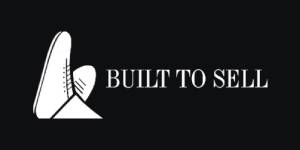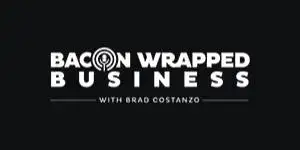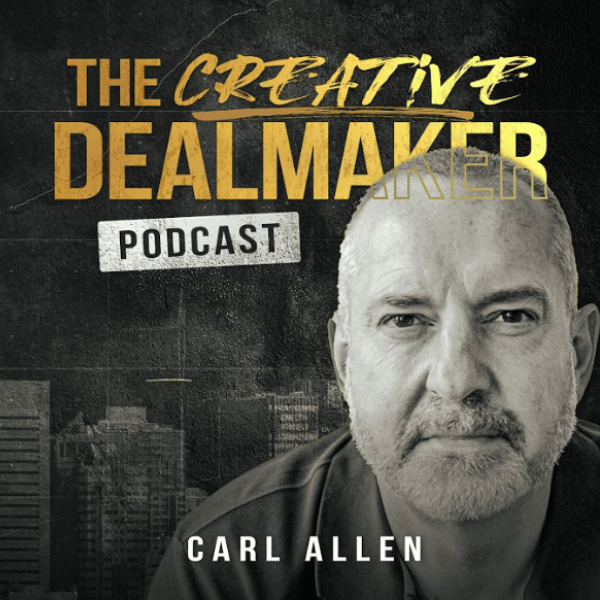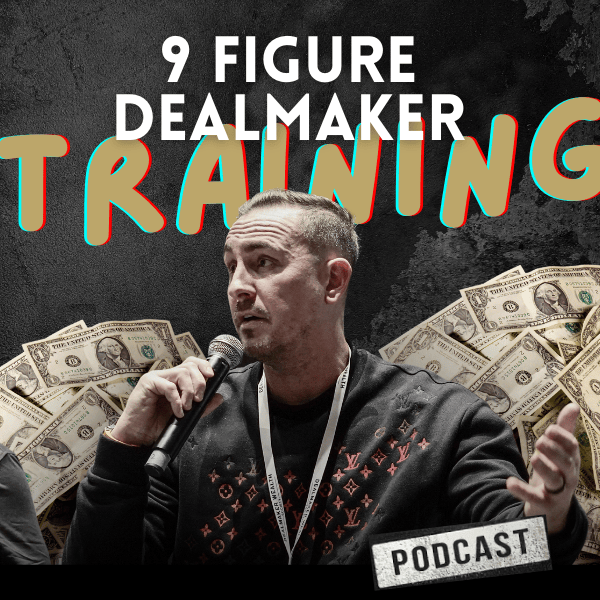Let’s face it…
Every business is for sale — it’s just a matter of price and deal structure.
But what determines the price?
For public companies, you know the value of the business. It’s the share price multiplied by the number of shares available.
Take Amazon. Its value is hovering right around $1.6 trillion and its price-to-earnings (PE) ratio — the price per share divided by the company’s earnings per share — is 121.21 as of this writing.
Think of the PE ratio as the multiple used to value public companies. Though what’s considered a “healthy” PE ratio varies by sector, generally the higher the ratio, the stronger the company…
The stronger the company, the more confident investors are in its ability to generate massive profits and returns in the future.
Amazon’s PE ratio is baller.
But for small businesses in the revenue range we target — between $1M to $10M — the multiples are WAY smaller.
The norm is approximately 3X profit or EBITDA, though the multiple can be lower for some industries.
Amazon’s value is determined by the market. It’s the natural balance between buyers of the shares and the shares outstanding. If there is more demand for shares than there is supply, the price goes up (and vice versa.)
In small deals, it’s a completely different ball game. Like chalk and cheese.
First, small deals are illiquid. The shares don’t trade like Amazon’s do. There isn’t really a market for them apart from the buyer and the existing business owner.
Price is determined by the amount the buyer wants to pay balanced with a price the seller is happy to sell for.
For small deals, the deal structure is also critical. Whereas the headline price is the total amount to be paid to buy the business, the structure dictates when and how those monies are received.
In a leveraged buyout (LBO) — the way we teach Dealmaker members to structure deals —payments are timed. Though you might be required to have some money at closing, ideally the balance is paid to the seller over time using the business’s profits.
So how do we calculate the value of a small, private business?
There are two quick and dirty methods…
One is called the enterprise value (EV) method. The other is the balance sheet method.
Let’s go through both with a sample deal.
ACME Inc. is a small engineering business. Here’s the income statement and EV:
Income Statement
Revenue $2,000,000
Cost of Sales ($1,200,000)
Gross Profit $800,000
Overhead ($700,000)
EBITDA (Profit) $100,000
Multiple 3X
Enterprise Value (EV) $300,000
To calculate the actual value of the business’s shares, we need to adjust for items on the balance sheet.
Here’s the balance sheet:
Balance Sheet
Assets
Fixed Assets $100,000
Current Assets $600,000
Total Assets $700,000
Liabilities
Current Liabilities $200,000
Long-Term Liabilities $100,000
Total Liabilities $300,000
Owner’s Equity $400,000
In accounting, total assets minus total liabilities equals the owner’s equity. We also refer to this as the net asset value (NAV) or book value of the business.
So… $700,000 – $300,000 = $400,000. Easy, right?
For a business generating $2 million in revenue, it typically needs one month of revenue ($170K in our example) in cash to continue to safely trade.
Any cash over and above the necessary trading amount is deemed surplus and should be ADDED to the EV. (If the cash balance was less than the trading requirement, you would LOWER the EV by that amount).
In this case, say we have $200K in cash and need $170K to run the business. That leaves us with $30K of surplus cash.
However, we must then DEDUCT long-term debt. In this deal, that’s $100,000.
So, here’s the new, REVISED valuation:
Original EV $300,000
Surplus Cash $30,000
Long-term Debt ($100,000)
Revised EV $230,000
Since $230K this is much lower than the $400K book value on the balance sheet, it’s best to run another quick analysis.
Why?
Because why would the seller sell to us for only $230K when he or she can shut the business down, sell all the assets, pay off the debt and walk away with $400K?
So, now we need to use the balance sheet method.
For this we take the book value and adjust for goodwill.
Goodwill is the business’s ability to continue generating revenue and profits in the future by using its assets.
For this, we apply a 1X to 1.5X multiple to profit. In this example, let’s use 1X of EBTIDA, or $100K.
So, a 100% valuation using the balance sheet method is:
NAV or Book Value $400,000
Goodwill $100,000
Balance Sheet Valuation $500,000
In my experience, the balance sheet method comes out on top about one in every 10 deals, especially for businesses with low margins (or low profits) but a lot of assets on the balance sheet.
These are great deals because they’re easy to finance with those assets — it’s great leverage.
In asset-light businesses like IT, professional services, online businesses, etc. you will find the EV method virtually ALWAYS comes out on top…
But you should run both analyses anyway just to be sure.
If you are in the Dealmaker CEO program, the model spreadsheets for the EV Method and Balance Sheet Method are included for you to use over and over again. As long as you have the target business’s financials, it will take you less than 15 minutes.
Good luck valuing your deals!
Until next time, bye for now.


















